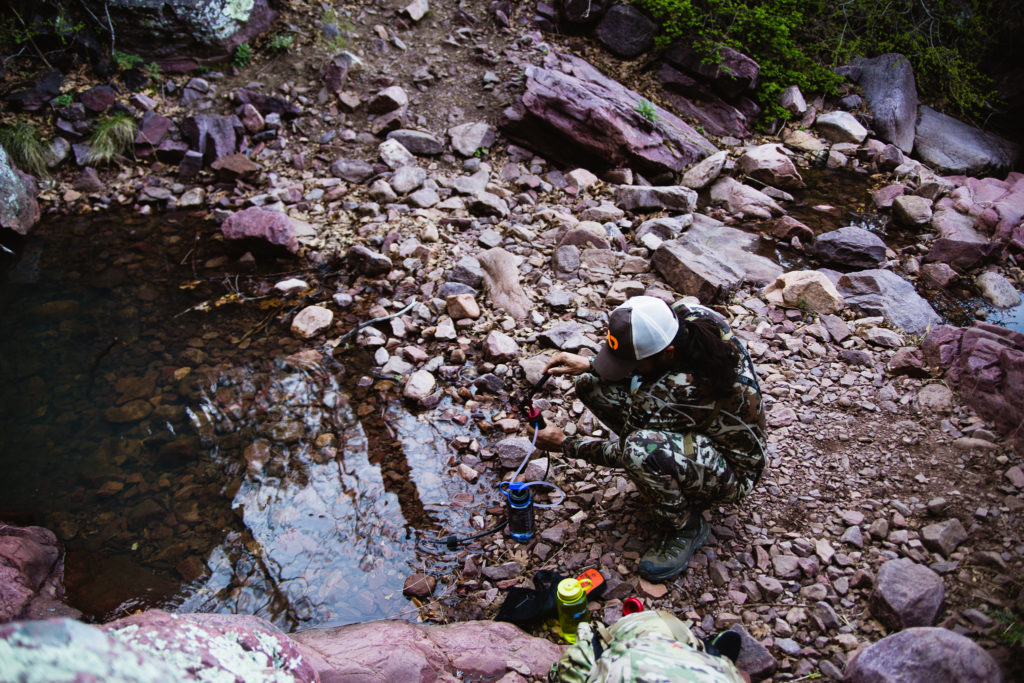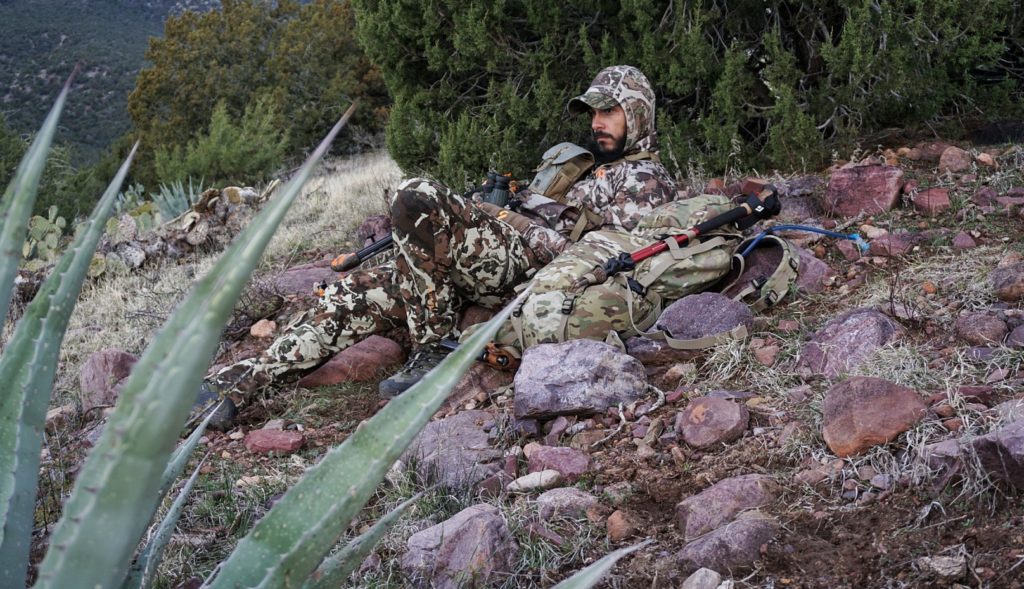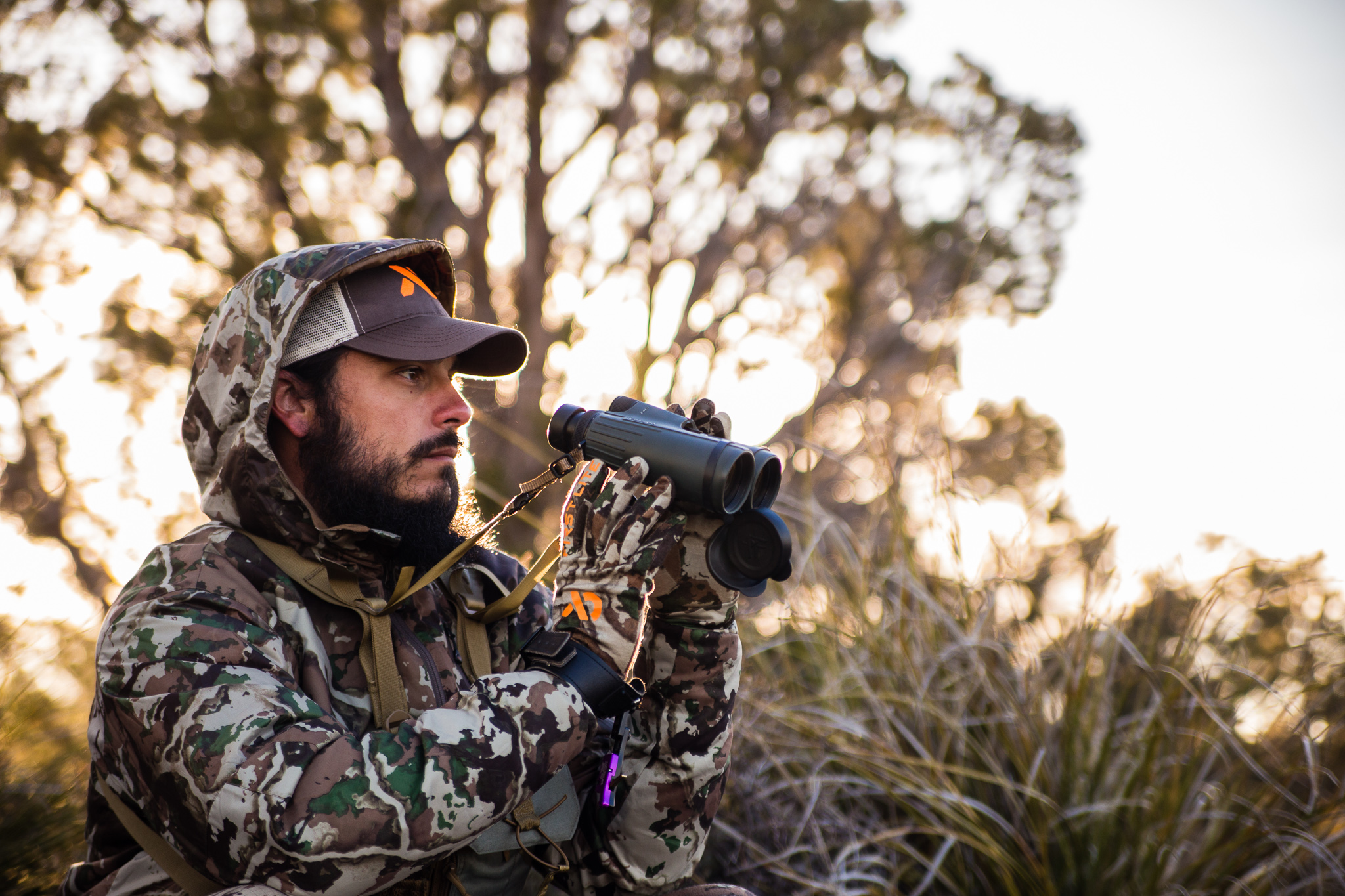

If you’ve spent any great deal of time looking into new gear for your backpack hunting endeavors, I’d be hard pressed if you didn’t cringe a little bit every now and again at the prices of some of these items. I know I used to do it a ton, when I was first looking into this stuff. Why in the world would someone spend $500 on a sleeping bag?! That’s more than my truck payment! $800 on a tent? “NO FRIGGIN WAY,” I’d tell myself. The fact of the matter is though, if you want to be an ultralight backpack hunter and have good reliable gear, you are eventually gonna pony up the dough here and there on certain items. The more we get into something, the more we care about the gear that goes along with said something. When I started, anything was “good enough.” Now, that I’ve had more experience, I care a lot more about the functionality of my gear, because of previous gear failures as well as knowing what I need out of that gear. I don’t want to be 5 miles + into a wilderness, only to realize that my tent broke or that my rain gear isn’t quite as “waterproof” as it was advertised to be. With that being said, I think that there are some areas where you can definitely avoid the huge price tags and still have an enjoyable experience, especially if you’re new to all of this.

Water filtration is one of those things that you just aren’t going to get away from, unless you carry all of your water in ahead of time, which isn’t always feasible. That doesn’t mean that you have to spend an arm and a leg on a fancy water filter though. I’ve seen water filtration systems in upwards of $350 dollars! You can spend all of that money that could go towards your gas tank or you can just buy water purification tablets for around $10-$13 dollars. If you don’t like the taste of the iodine tablets, than you could go with something like a Sawyer Squeeze Mini, which comes in at right around $25. That’s a whole lot of savings. Another option, which might be a bit more taxing, is to just boil all of your water before you drink it. I don’t know about you though, but that is a whole lot of boiling that I don’t want to do, but is an option nonetheless.

Another area where you can save some green is with stoves. Most of us are running some type of canister fueled stove that we use to boil our water for our freeze dried meals and coffee or tea. I myself use a Jetboil and have had great luck with it. However, that system comes in anywhere from $90 to $150. An easy way to get around this is to not bring a stove at all. You can make a small fire, if you want to boil water for a mountain house. You could also just not do freeze dried food for your trip and have a dry diet the whole time. If you are like me though and enjoy a nice hot meal at the end of the day, I suggest either making a small fire or better yet, grab something like an MSR Pocket Rocket which goes for about $50. It’s small, lightweight, and will boil your water for you just fine. Boiled water is boiled water at the end of the day.

One of the things that I look forward to the most after a long day of hunting, is a nice hot meal followed up with me landing face first on my pillow for the night. The most convenient option for dinner that most of us take advantage of is eating freeze dried food. Boil water, pour it into your freeze dried food bag, and in 10 minutes you are gonna be wrist deep in a hot meal. These meals usually run anywhere from $8-$15 dollars though. It doesn’t sound like a lot on the surface, but add that up over a week or more and you just spent almost $100 on dinners for the week. That doesn’t include your food for the rest of the day. One option that I have already mentioned above is to just not do the freeze dried option. A lot of folks will do Ramen Noodles with a tuna packet. Going that route you are gonna be out about a whole $2. A similar path would be doing instant mashed potatoes which is gonna set you back around $1.50 or so. Those are both great options, but the best one in my opinion, is to make your own dehydrated meals. This is something I am planning on doing this year and I can’t wait. A home-cooked meal every night on my hunts? Yes, please. You will have to make the investment of buying a dehydrator, but it will for sure pay for itself over again if you love hunting as much as I do. To give you an idea of cost per meal, I made a crockpot full of bear chili that ran me about $6. Out of that, I got 4-5 servings of chili. Do the math. It comes in less than the Ramen or Potato options and you get a home-cooked meal out of it. Preparation is similar to the freeze dried foods. Just add boiling water and wait. The wait is gonna be around 20-25 minutes for these, but to me it’s worth it.

My goal with this post was to help you realize that you don’t have to spend a fortune on EVERY single item that’s in your pack and give you the ability to put that money towards other areas in your gear list. While I just listed some areas to save money, there are other areas where I would not skimp in the least bit. Those areas include your actual backpack and your boots. You are wearing these items pretty much at all times during your hunt and they deserve the most attention, in my opinion. If you have a backpack that doesn’t fit properly or carry a heavy load well, you sure are gonna know it. The same goes for your boots. So, my answer to the question in the title is, “no.” You can for sure save money in certain areas and don’t have to have the latest and greatest thing on the market. Pick out the few areas in your gear list that are the most important to you and go from there. Maybe, you’d rather put more of your money into a solid backpack than a fancy new tent. I’d be in the same boat on that argument. The only way that you are gonna know these things though, is to get out there and see what works best for you. So, do it.


Copyright 2019 Dialed In Hunter
Design by NXNW.